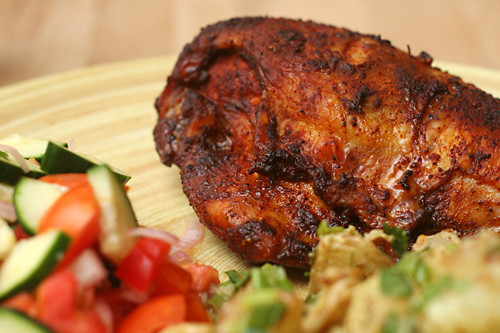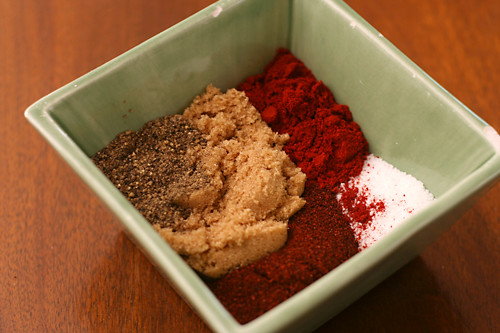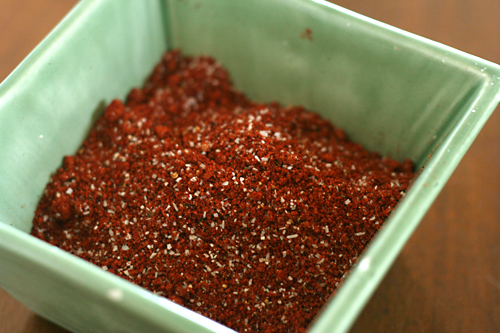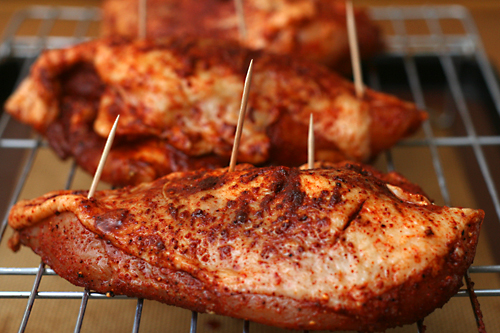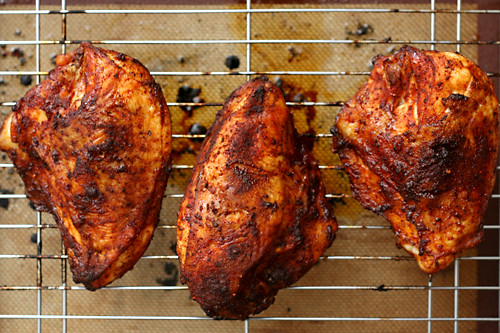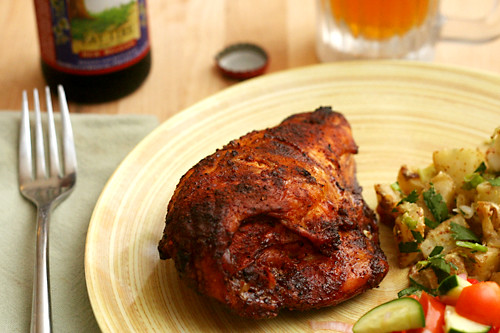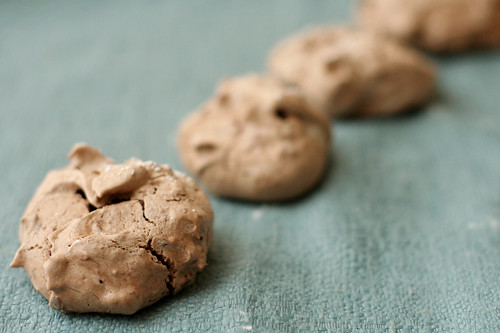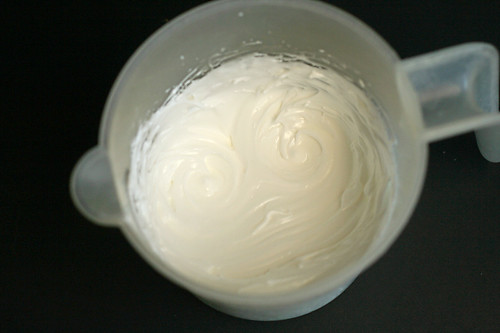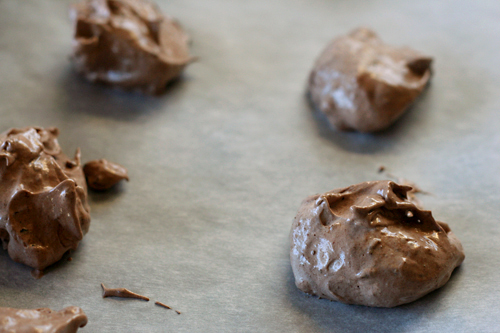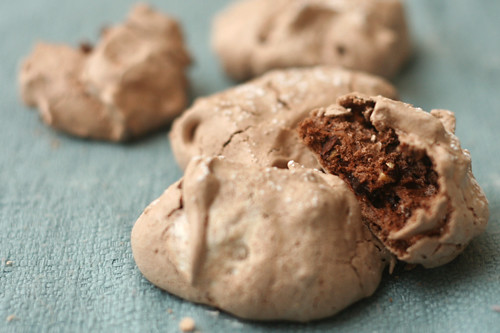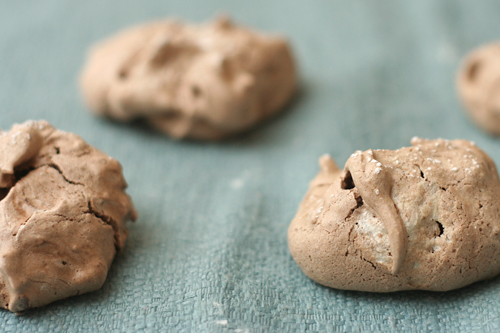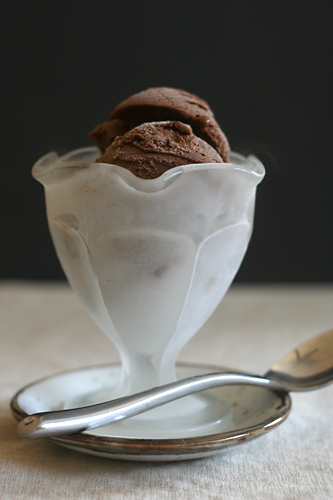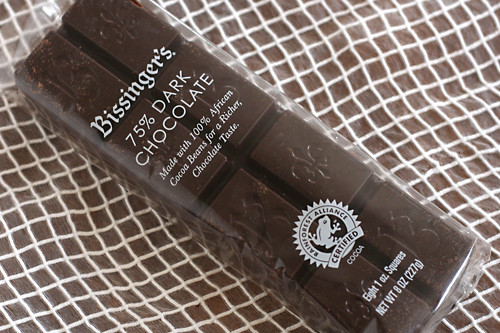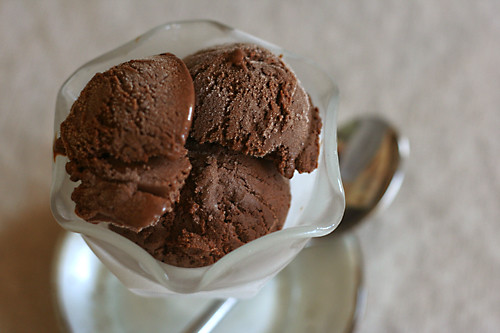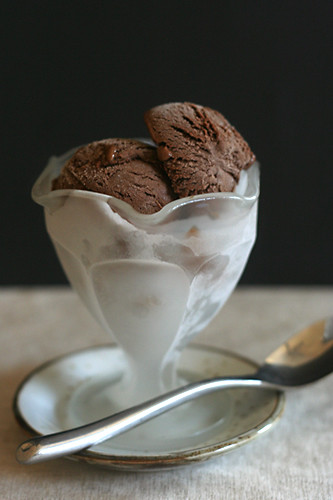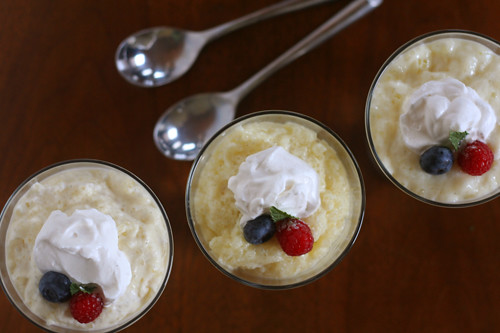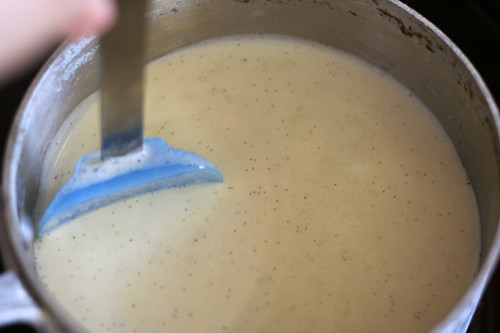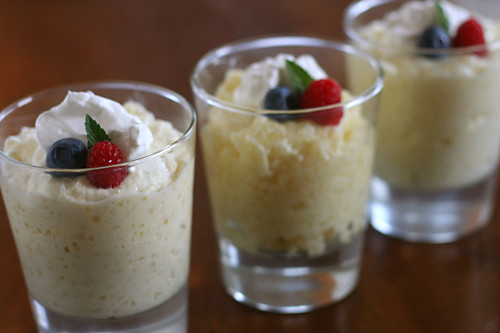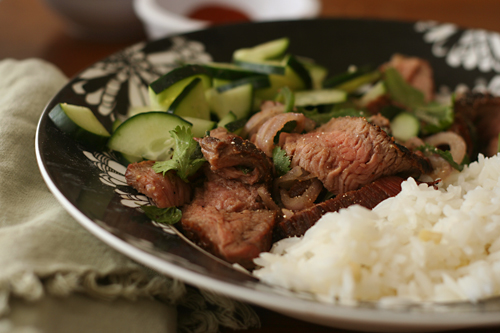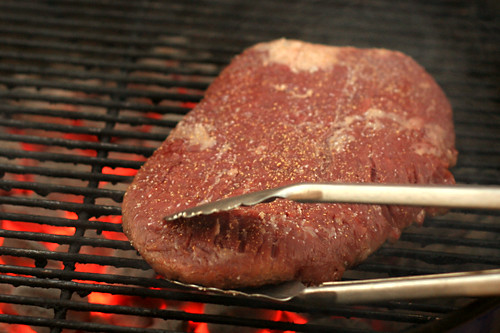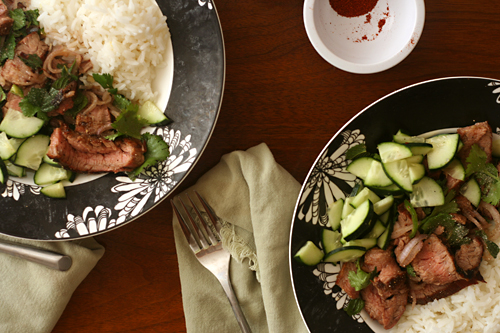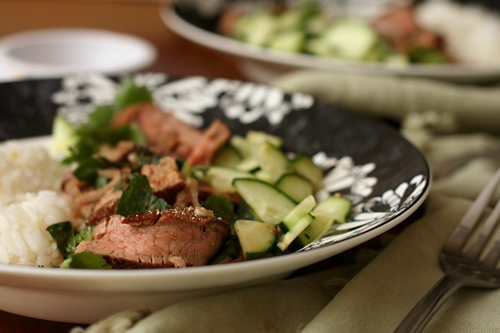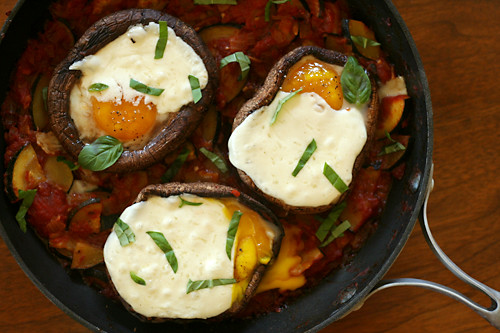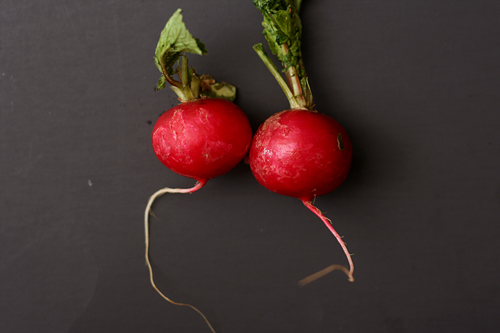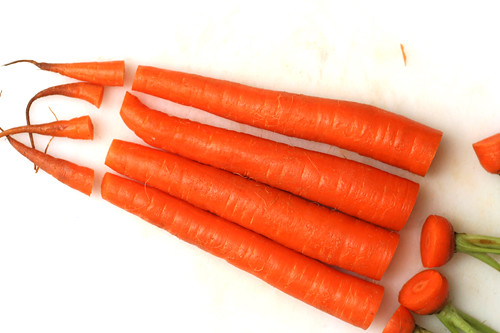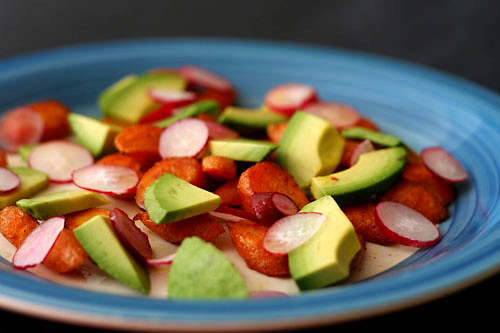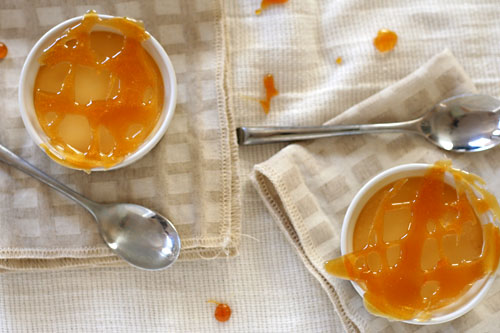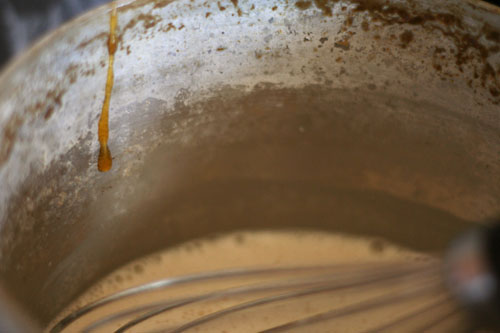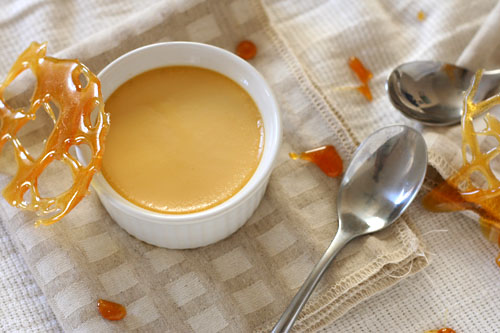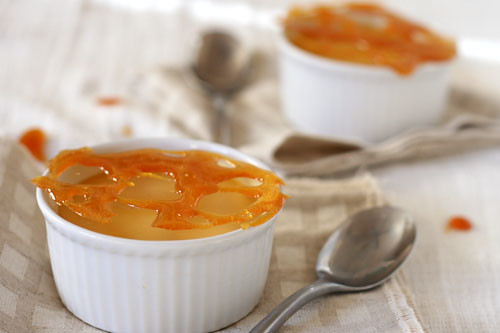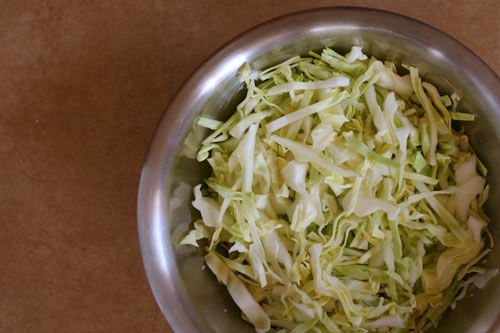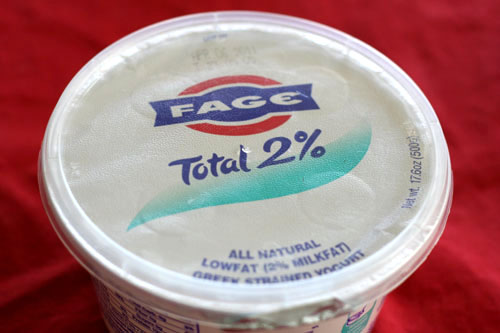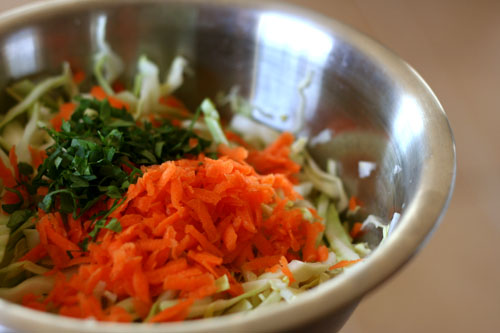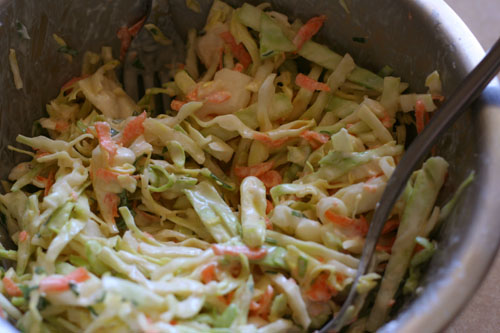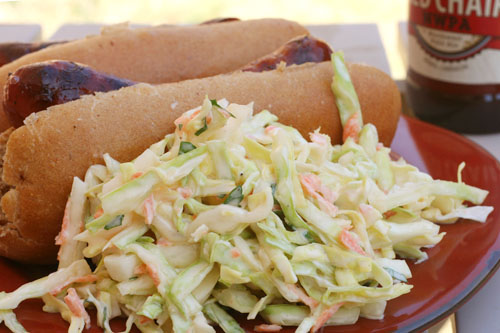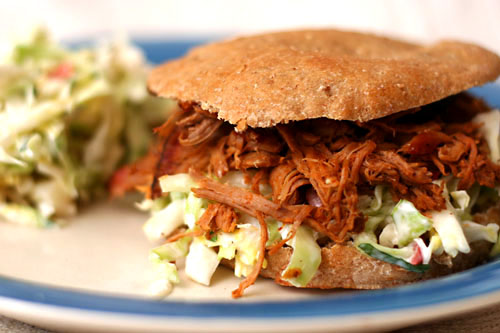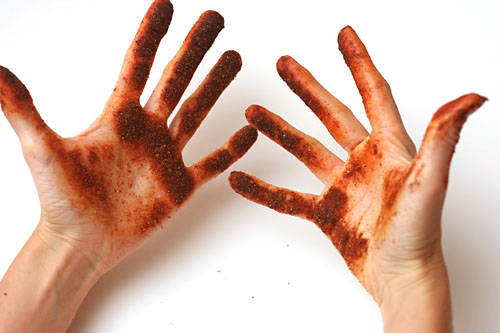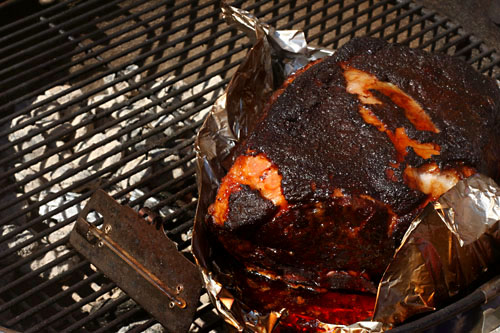Family vacations require a careful balance of time together and time apart. Originally, my family found that cruises worked well – everyone does their own thing during the day and we meet up for dinner. The last few years, we’ve started renting a house on the beach for a week. We still make sure to have dinner together every evening, but now we have to cook it ourselves.
Despite my love for spending time in the kitchen, I have a greater love of sitting on the beach drinking margaritas. No one in my family is willing to cook dinner for the group every night. Instead, we take turns. On one trip, I made pasta with tomatoes and fresh mozzarella, salad, and crostini topped with white beans and with tuna. Last year, everyone built and then grilled their own pizza. Fajitas and chicken gyros are also crowd-pleasers.
Between shredding cheese, preparing toppings, and stretching out ten rounds of dough, last year’s pizza extravaganza was ambitious. This year, I wanted something easier. This baked chicken is perfect because it’s actually meant to be cooked in advance, which means I can do it whenever I need a quick break from the sun.
I mixed up the spices at home, so all I need to do on vacation is rub them on the raw chicken the day before it’s my turn to cook and store the meat in the refrigerator overnight. The chicken soaks up spice and salt, which also helps it retain moisture as it bakes. It ends up tasting like barbecued chicken that’s been smoking all day on the grill, but it’s completely undemanding. Undemanding is what vacation is all about.
One year ago: Green Goddess Salad
Two years ago: Lemon Meringue Cake
Three years ago: Tuscan-Style Couscous Salad
Printer Friendly Recipe
Spice-Rubbed Picnic Chicken (from Cooks Illustrated)
Serves 8
If you have space to store 5 pounds of chicken pieces in your refrigerator all lined up on a baking sheet, you are lucky to be so rich in fridge space. I just pile the spiced chicken in a bowl with a cover.
As you can see from the pictures, I did not cut the breasts into smaller pieces. Obviously it took longer to cook, but it worked fine.
5 pounds bone-in, skin-on chicken pieces (breasts, thighs, drumsticks, or a mix with breasts cut into 3 pieces or halved if small), trimmed of excess fat and skin
2 tablespoons kosher salt
3 tablespoons brown sugar
2 tablespoons chili powder
2 tablespoons sweet paprika
2 teaspoons ground black pepper
¼-½ teaspoon cayenne pepper
1. Use a sharp knife to make 2 or 3 short slashes in the skin of each piece of chicken, taking care not to cut into meat. Combine the salt, sugar, and spices in a small bowl and mix thoroughly. Coat the chicken pieces with the spices, gently lifting the skin to distribute the spice rub underneath but leaving it attached to chicken. Transfer the chicken skin side up to wire rack set over rimmed foil-lined baking sheet, lightly tent with foil, and refrigerate 6 to 24 hours.
2. Secure the skin of each breast piece with 2 or 3 toothpicks placed near the edges of the skin.
3. Adjust an oven rack to the middle position; heat the oven to 425 degrees. Roast the chicken until the thickest part of smallest piece registers 140 degrees on an instant-read thermometer, 15 to 20 minutes. Increase the oven temperature to 500 degrees and continue roasting until the chicken is browned and crisp and the thickest parts of the breast pieces register 160 degrees, 5 to 8 minutes longer, removing pieces from the oven and transferring to a clean wire rack as they finish cooking. Continue to roast the thighs and/or drumsticks, if using, until the thickest part of the meat registers 170 to 175 degrees, about 5 minutes longer. Remove from the oven; transfer the chicken to a rack and let it cool completely before refrigerating or serving.
